illus-17
Food Security
and Livelihood
According to the Food and Agriculture Organization (FAO), food security exists when “all people, at all times, have physical, social and economic access to sufficient, safe and nutritious food to meet their dietary needs and food preferences for an active and healthy life”. Food security is based on four major elements: availability, access, utilization and stability of these three components over time.
However, improving food availability, access and utilization is not enough. Individuals must be able to access the foods they need in acceptable quantities from a nutritional point of view. The health environment in which people live is also a determining factor in how these foods are consumed.
Livelihoods include all the resources, i.e. the capabilities and assets (both material and social) and activities that a household needs to live.
The sustainable livelihoods approach is primarily concerned with the capital endowments of livelihoods, or assets of the household (or individual, or groups of livelihoods). There are several categories of livelihood capital:
- Human capital: skills, knowledge, ability to work, good health, good nutritional status…,
- Natural capital: access to water, land, nature, biodiversity, etc.
- Physical capital: basic infrastructure, housing, water, means of communication, transport, etc.
- Financial capital: financial resources and the ability to save, access credit, borrow…
- Social capital: social resources in terms of networks, work groups, civil society organizations, etc.
Sustainable livelihoods are one of the main sources of resilience within a household or community, reducing their vulnerability to disasters, food insecurity and poverty while contributing to their empowerment.
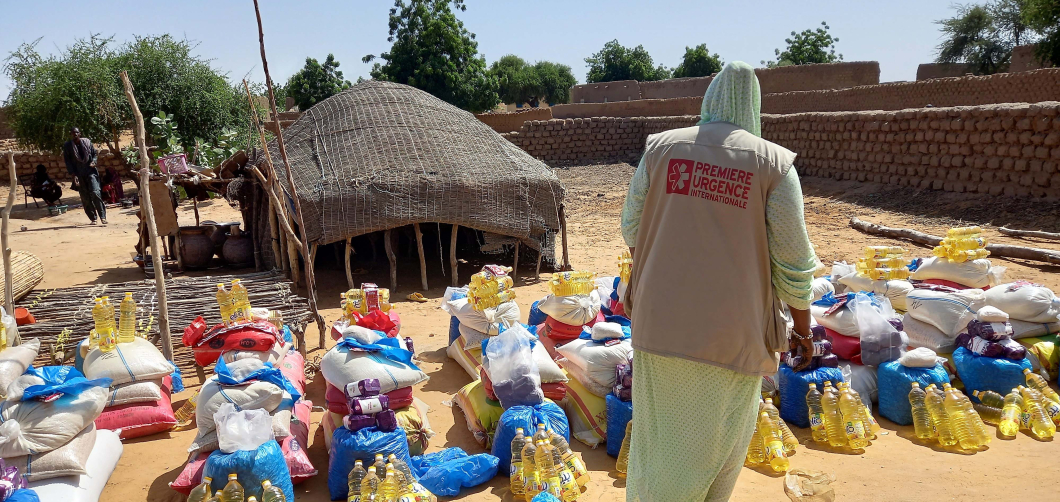
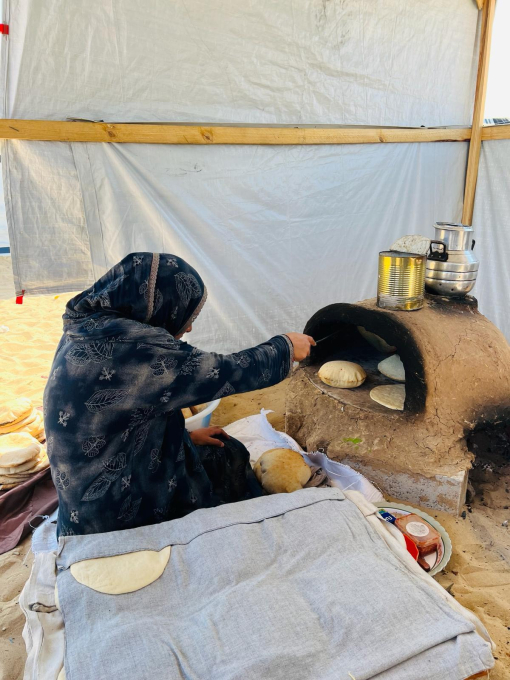
Our objectives
- Ensuring survival by immediately improving the living conditions of vulnerable populations by restoring their access to food and providing them with basic social goods and services.
- Protecting and restoring the livelihoods of vulnerable populations by supporting their empowerment in accessing basic social goods and services and promoting economic opportunities.
- Preventing the deterioration of people’s livelihoods and strengthen them in a sustainable way through better resource management, greater integration into market systems and social cohesion.
- Producing and improving access to quality information at local and national level to enhance the coordination and quality of humanitarian respons
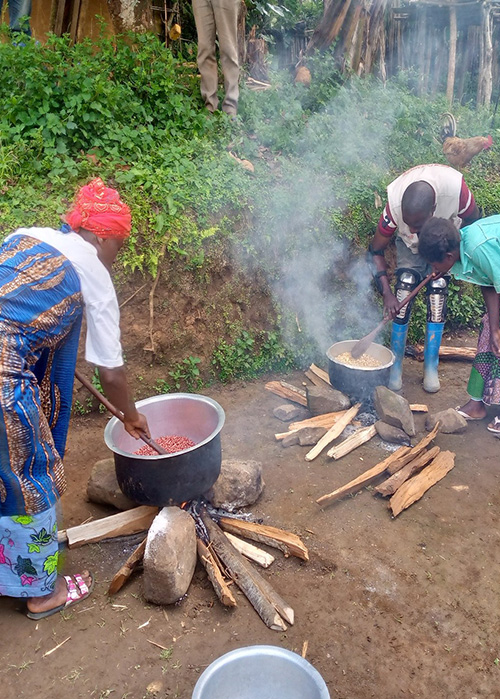
How we put it into practice
On the field, Première Urgence Internationale deploys three types of Food security and Livelihood activities:
- Cash transfers: this type of intervention provides monetary assistance to people affected by a crisis in a technical intervention sector. Money can be distributed in the form of cash (money, cheque, bank card, bank transfer), vouchers with monetary value or goods (food vouchers),
- New information and communication technologies: this means we can improve the efficiency of our projects by using tools such as tablets, computers, cell phones and software to ensure better follow-up of people receiving support services,
- Partnerships, participation and coordination: links with local organizations, social centers, foundations, research institutes, etc. provide specific thematic expertise.
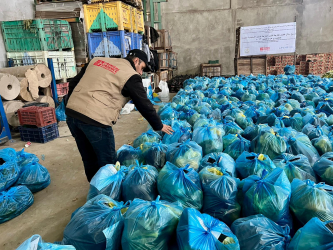
Preparing for a food distribution in Gaza © Première Urgence Internationale
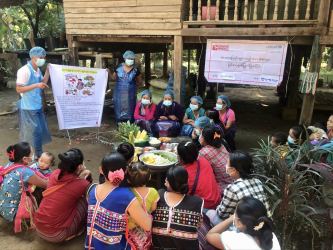
Cooking training in Myanmar © Première Urgence Internationale
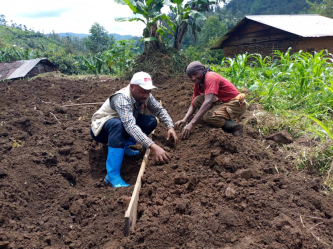
Working the land in DRC © Première Urgence Internationale
